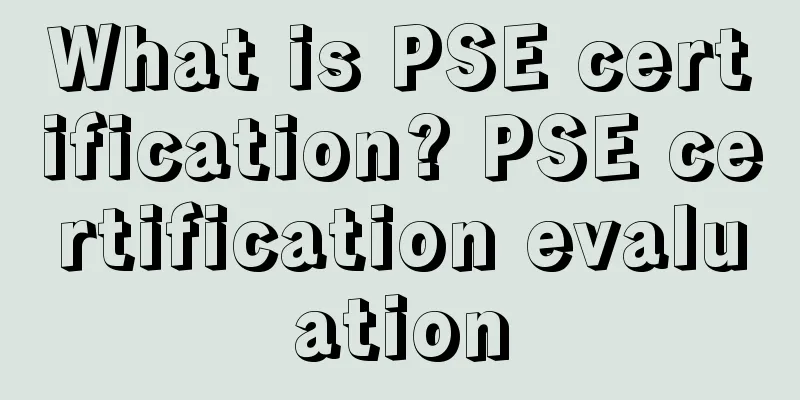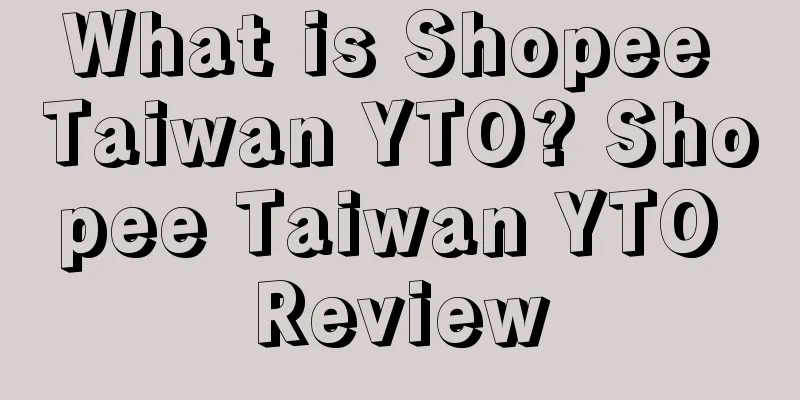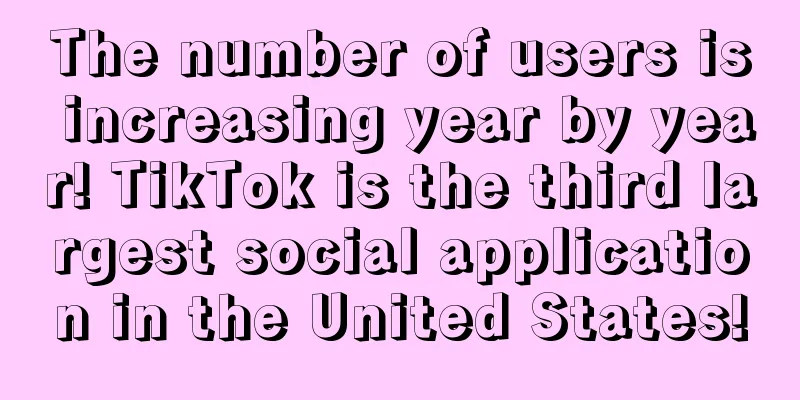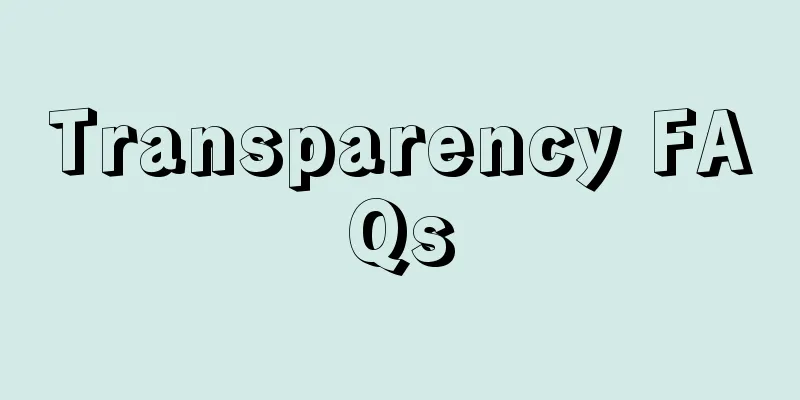What is PSE certification? PSE certification evaluation

PSE certification is a mandatory safety certification in Japan, used to prove that electrical and electronic products have passed the safety standard test of Japan's Electrical and Material Safety Law (DENAN Law) or international IEC standards. Legal status Mandatory English Product Safety of Electrical Appliance & MaterialshistoryIn 1961, Japan passed the Electrical Products Control Law, which divided electrical products into two categories: one for mandatory certification, where the product needs to be affixed with the T-MARK mark, and the other for recommended certification electrical products, where the product needs to be affixed with the S-MARK mark. From April 1, 2001, the "Electrical Products Control Law (DENTORL)" was officially renamed the "Electrical Products Safety Law (DENAN)". Different from the control of the previous regulatory system's agreement regulations, the new system authorizes third-party certification agencies to conduct product conformity assessment tests. The original T mark and S mark are no longer used, and are replaced by the PSE diamond and circular marks. ClassificationBefore April 1, 2001, Japan's Electrical Appliance and Material Control Law (DENTORI) divided control products into two categories: A and B. Category A mainly includes power cords, fuses, switches, transformers, ballasts, etc.; Category B mainly includes lighting, household appliances, office equipment, etc. Certification Markdiamond (1) Diamond PSE generally targets components, especially key components such as electronic components; (2) Diamond PSE requires a longer factory inspection cycle; (3) Diamond PSE certification direct issuing agencies include CQC, TUV, ITS, and Japan JET; (4) There must be a third-party certification body licensed by the Japanese Ministry of Economy, Trade and Industry; (5) According to the DENAN Act, manufacturers are obliged to keep test results and certificates; (6) The label must have the diamond-shaped PSE logo. Round (1) PSE circular certification is generally for complete product; (2) Circular PSE does not require factory inspection and has a shorter cycle; (3) The circular PSE can be tested and certified by a laboratory recognized by Japan; (4) Must be certified by a third-party certification body licensed by an international accreditation body; (5) According to the DENAN Act, manufacturers are obliged to keep test results and certificates; (6) The label must have a circular PSE logo. Information required for PSE certification1. Application submission materials: business license, application form; 2. Test preparation materials: 1) CB report (including Japan's difference test) 2) Circuit diagram (Layout); 3) PCB design drawings related to safety regulations, 4) Specifications of transformers and coil parts, 5) List of key components and their certificates, 6) Japanese user manual or assembly manual; 7) Japanese nameplate and warning signs (including PSE logo and supplier name), 8) Structure data table, 9) List of equipment and calibration certificate used in factory production, etc. 3. Samples provided for testing: at least two main test models and one derivative model each PSE Certification Application Process1. Determine whether it is a specific product item: You can check the PSE product items (including Category A and Category B products) in the Product List. If it is not a product in the List, you do not need to apply. In addition, if it is a newly developed product, it is best to determine whether it needs to be applied for by the designated Label. 2. Documents to be submitted: (ForTestLab) a. Application for suitability equivalency examination b. Type Classification Table: Different products have different type classification tables. The main purpose of this table is that when the model applied for is a series product, the testing lab needs this table to distinguish whether it can be combined into a series. The applicant fills in the type classification table by himself, and the testing lab determines whether it can be combined into a series product. Taking PowerSupply as an example, different EI sizes (EI-41, 48 or 57 etc.) can also be combined into the same series, but different protection methods may not be combined into a series product (Japanese). c. Summary of structure, material and performance: Manufacturers need to fill in the product characteristics in this form and provide it to the testing unit. d. Related technical documents: Spec (both Transformer and complete product), instruction manual, Label, circuit diagram, PCB layout and important parts list, etc. e. List of inspection equipment: Manufacturers are required to provide a list of instruments available in the factory, with a fixed format for reference. f. Samples: 2 PCs, important parts (1~5 PCs of Fuse, ACOutlet, Case, etc. are required for replacement), etc. g、CB Certificate & Report h. Authorization letter: Authorized by the manufacturer to apply for the agency. i. Return Form: When samples need to be returned, this form must be filled out so that JET can return the samples to the correct person and unit. 3. a Documents to be submitted: (ForMETI registration application) b. Business Commencement Declaration Form: This is the application form for registration. c. Factory registration certificate d. Certificate of suitability (only required for Class A products) or Test Report (for Class B products): issued by LabIssue. e. Inspection records of manufacturing process: The factory records the production process, from material preparation to how incoming materials are sampled and inspected; there is no fixed format, but it must be available. f. Label: Please refer to the relevant information for detailed labeling content. 4. Factory inspection: If the factory does not have a factory registration certificate, a factory inspection is required. The factory inspection is performed by a unit designated by the Lab. China Certification AgencyOn April 23, 2007, Announcement No. 129 of the Ministry of Economy, Trade and Industry of Japan was issued, and the order was signed by the Minister of Economy, Trade and Industry of Japan, officially authorizing the China Quality Certification Center (CQC) to undertake Japan's PSE mandatory product certification. CQC became the fourth foreign certification body authorized by the Japanese government after internationally renowned certification bodies such as UL and TUV. The product categories of CQC's Japanese PSE product certification are divided into three categories:Wires and cables (including 20 products), wiring equipment (electrical accessories, lighting appliances, etc.) (including 38 products), electric power application machinery and equipment (household appliances) (including 12 products), etc. References
|
<<: What is Amazon Q&A? Amazon Q&A Review
>>: What is promotion? Promotion review
Recommend
Wish and EverC join forces to crack down on counterfeit sales!
<span data-docs-delta="[[20,"获悉,据外媒报道,近日Wi...
What is J&T Express? J&T Express Review
J&T Express is a technology-innovative Interne...
Amazon Advertising Case Study (Part 2)
background: With the coming of Christmas, the peak...
Amazon launches big welfare policy, Temu has overbearing commission terms
During the National Day holiday, Amazon was not id...
What should Amazon operations managers do?
1. Develop market channels and sales for products...
What is Speednet e-commerce? Speednet e-commerce review
Suowow E-commerce (Zhejiang Suowow E-commerce Co.,...
What is eBay API? eBay API Review
The eBay API is an application programming interfa...
Amazon has become the third largest advertising platform. Sellers need to understand its 4 advertising formats!
Amazon Advertising’s market share is growing expon...
You have 0 orders on Independence Day, but others easily earn 130,000+ per month!
There are only 56 days left until the July 4th Ind...
What are Wish Tags? Wish Tags Review
WishTags, also known as Wish tags , are the primar...
What should a responsible Amazon operation do every day?
What should a responsible Amazon operation do eve...
What are the Four Young Masters of South China City? Review of the Four Young Masters of South China City
The Four Young Masters of South China City refer t...
What is No Deal Brexit? No Deal Brexit Review
A no-deal Brexit means that the Brexit agreement r...
What is The Label Life? The Label Life Review
The Label Life is an Indian fashion retail store t...
Amazon warehouses are overflowing and TEMU is rising. How can sellers seize this peak season?
The peak season is not only a sales feast that se...









